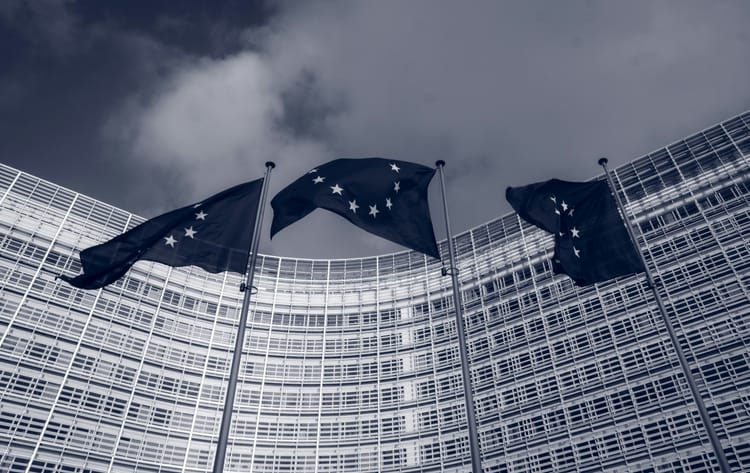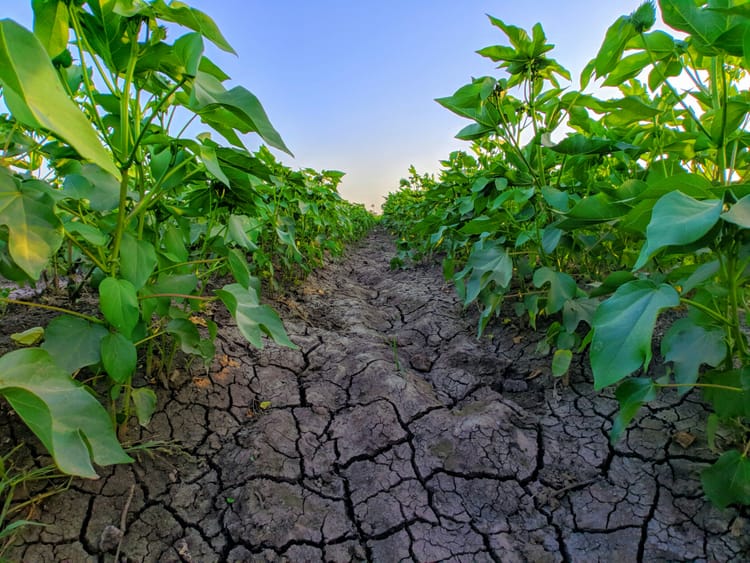LEGO displacing virgin plastics in bricks: What’s the mass balance principle?

Toymaker LEGO says it is on track to replace half of the virgin plastics in its bricks with certified recycled or renewable materials by 2026: What is the mass balance principle the company is using to certify this transition?
As it announced double-digit sales and revenue growth in the first half of 2024, LEGO also provided an update on its sustainable materials strategy. “In H1, 30% of all resin purchased was certified mass balance, which translates to an estimated average of 22% material from renewable and recycled sources,” the company wrote in an update.
Asked by CSO Futures about the specific sources of sustainable resin used in its bricks, LEGO said they include recycled and renewable materials such as cooking or plant oil. The toymaker has been testing over 600 different materials to replace virgin plastics in its processes.
A spokesperson said that “mass balance is one of the many approaches” LEGO is investing in to replace fossil-based plastics, but it appears to be taking centre stage: this week, CEO Niels Christiansen went on the record saying his company is on track to ensure that more than half of its resin needs are certified as sustainable according to the mass balance method by 2026, and that at least 70% of virgin plastics are displaced by 2032.
Last year, the company discarded the option to make bricks using recycled PET bottles. “We were optimistic about its potential, but as we scaled for commercialisation it became clear that it would have increased our carbon footprint in the long term,” added the spokesperson.
Mass balance principle and greenwashing concerns
LEGO has been investing in the mass balance principle since 2021. With this method, “recycled or renewable” feedstock is mixed with virgin fossil fuel-based resin on a large scale. The plastic producer then issues a certificate showing the percentage of sustainable sources used in the final resin – though it is impossible to know how much of it ends up in each finished product.
Commenting on a recent New York Times article on the mass balance principle, Google sustainable strategy lead Robert Little warned about the potential greenwashing concerns this accounting method presents.
“The core issue lies in the difficulty of tracking the precise amount of recycled content in products using mass balance. While companies can claim a certain percentage of recycled material, it's not always clear how much is actually present in each individual item. This lack of transparency has fueled criticism and calls for stricter standards,” he said.
In addition, six of the seven board members of the International Sustainability and Carbon Certification (ISCC), the association that certifies mass balance accounting, come from the chemical or fuel industry, which, according to Little, raises questions about “potential conflicts of interest”.
Best practices for mass balance principle
The mass balance principle can be applied in several ways – some more reliable than others. Some of the calculation methods include proportional allocation (where the claim is based on the percentage of sustainable feedstock used in the overall input), polymer only (whereby recycled polymer content can only be allocated to the production of other polymers), and fuel-exempt allocation (which gives producers more flexibility on where to allocate the recycled content).
With the fuel-exempt method (which is considered the most controversial), any output made from mixing virgin and recycled or biobased plastics to be used as fuel is excluded from mass balance calculation. This means that if a plastic manufacturer uses 25% recycled content and 75% virgin content to make a mix of polymers, petrochemicals and fuel, they can consider that none of the more sustainable sources went into the fuel, transferring more of the claim to the polymers. This can lead to claims of 100% recycled content, despite the fact that the input was actually made of just 25% recycled content.
Arguing that “a flexible mass balance method would undermine recycled content goals” and lead to greenwashing, Zero Waste Europe is advocating for the adoption of a common methodology.
Its recommendations for the creation of a standard include aiming for the highest possible amount of recycled content, segregating virgin and recycled feedstocks down to batch level to better estimate recycled content in the finished product, improving the traceability of recycled content and ensuring full transparency towards consumers.
Increasing investment in the sustainable plastics supply chain
Despite its flaws, the mass balance principle is supporting the development of the sustainable plastics supply chain, incentivising companies to purchase more expensive recycled feedstocks based on the sustainability claims they can make as a result.
LEGO is paying up to 70% more for certified renewable resin, according to its CEO, in a bid to encourage the scale-up of production.
“Proponents argue that mass balance accounting simplifies the tracking of recycled materials, making it easier for companies to incorporate them into their products and incentivising investment in recycling infrastructure,” said Little, adding that the path forward will require a delicate balance.
“We need to encourage innovation in recycling technologies while also demanding transparency and accountability. Clear standards, robust certification processes, and consumer education are vital to building a truly sustainable and circular future,” he concluded.







Member discussion